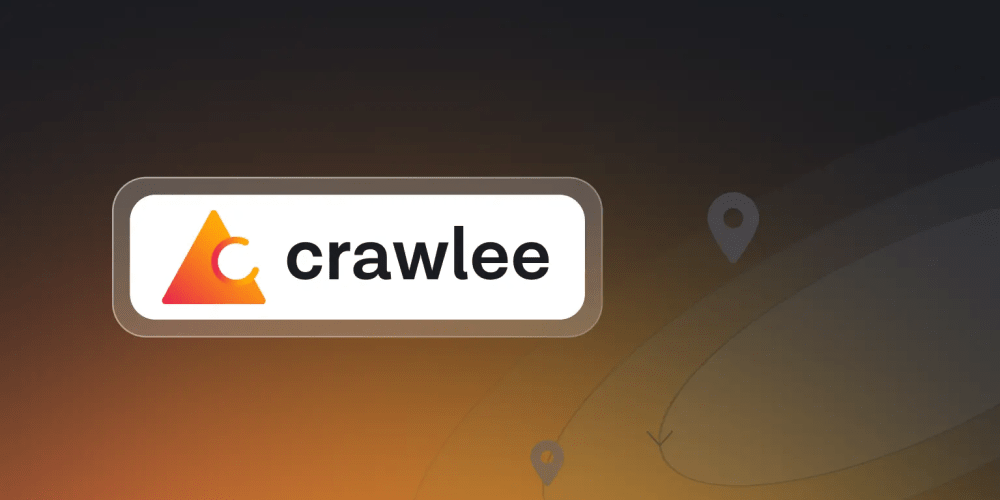Web development frameworks are constantly evolving, and two popular options for building modern web applications are SvelteKit and React. This article will compare these technologies across several key dimensions to help developers make informed choices for their projects.
Overview
SvelteKit
SvelteKit is a framework for building web applications using Svelte, a compile-time JavaScript framework. It provides an opinionated structure for building full-stack web applications with built-in routing, server-side rendering, and code-splitting.
React
React is a JavaScript library for building user interfaces, typically used with additional tools and libraries to create full web applications. Popular frameworks built on React include Next.js and Create React App.
Component Model
SvelteKit
Svelte uses a compile-time approach, converting your components into efficient JavaScript that updates the DOM. Components are written in .svelte files, which can contain HTML, CSS, and JavaScript in a single file.
<script>
let count = 0;
function increment() {
count += 1;
}
</script>
<button on:click={increment}>
Clicks: {count}
</button>
<style>
button { background-color: #ff3e00; color: white; }
</style>
React
React uses a runtime approach with a virtual DOM. Components are typically written in JSX, a syntax extension for JavaScript.
import React, { useState } from 'react';
function Counter() {
const [count, setCount] = useState(0);
return (
<button onClick={() => setCount(count + 1)}>
Clicks: {count}
</button>
);
}
// CSS would typically be in a separate file or using CSS-in-JS
Performance
SvelteKit generally offers better out-of-the-box performance due to its compile-time approach, resulting in smaller bundle sizes and faster initial load times. React's performance can be optimized but often requires more developer effort and additional libraries.
Learning Curve
SvelteKit is often considered easier to learn, especially for developers new to frontend frameworks. Its syntax is closer to vanilla HTML, CSS, and JavaScript. React has a steeper learning curve, particularly around concepts like JSX and hooks.
Ecosystem and Community
React has a larger ecosystem and community, with a vast array of third-party libraries and tools available. SvelteKit's ecosystem is growing but is currently smaller than React's.
Server-Side Rendering (SSR)
Both SvelteKit and React (via frameworks like Next.js) support server-side rendering. SvelteKit provides this functionality out of the box, while React typically requires additional setup or the use of a meta-framework.
Routing
SvelteKit includes a file-based routing system similar to Next.js. React itself doesn't include routing, but libraries like React Router are commonly used to add this functionality.
State Management
SvelteKit uses a simple store system for global state management. React often relies on external libraries like Redux or MobX, although hooks have simplified state management in recent versions.
Build Output
SvelteKit produces highly optimized, lightweight JavaScript. React applications tend to have larger bundle sizes due to the inclusion of the React library itself.
Advantages of SvelteKit
- Performance: Better out-of-the-box performance with smaller bundle sizes and faster initial load times.
- Simplicity: Straightforward syntax and structure, easier to learn and use.
- Less Boilerplate: Requires less code to achieve the same functionality compared to React.
- Built-in Features: Routing, code-splitting, and server-side rendering included by default.
- Reactive by Design: Intuitive reactivity system built into the language.
- Scoped CSS: Styles in components are scoped by default, reducing style conflicts.
- Smaller Learning Curve: Syntax closer to vanilla HTML, CSS, and JavaScript.
Advantages of React
- Ecosystem: Vast ecosystem of third-party libraries, tools, and resources.
- Community Support: Large and active community for help and resources.
- Job Market: More job opportunities due to React's popularity.
- Flexibility: Can be used for various types of projects, including mobile apps via React Native.
- Maturity: Well-established and battle-tested in large-scale production environments.
- Developer Tools: Excellent developer tools, including React Developer Tools browser extension.
- Server-Side Rendering Options: Multiple mature options like Next.js and Gatsby.
- Virtual DOM: Can lead to efficient updates in complex applications when used correctly.
Conclusion
Both SvelteKit and React offer unique advantages that cater to different project needs and developer preferences.
SvelteKit shines in scenarios where performance is critical, and rapid development with minimal setup is desired. Its simplicity and built-in features make it an excellent choice for smaller to medium-sized projects or for teams looking to adopt a modern, efficient framework.
React excels in complex, large-scale applications where its extensive ecosystem and community support can be leveraged fully. It's also a great choice for teams that require flexibility in their tech stack or are building cross-platform applications.
The choice between SvelteKit and React will ultimately depend on your specific project requirements, team expertise, and long-term development goals. Consider factors such as application complexity, performance needs, team size and experience, and the need for specific third-party integrations when making your decision.
A cool way to learn React would be to sign up to HNG's free internship platform where you could get trained in various technologies like React and NodeJS under various niches. Sign up at HNG Hiring Page and HNG Internship

















